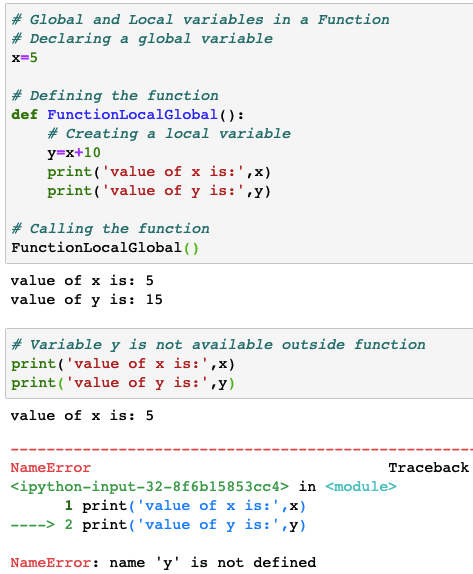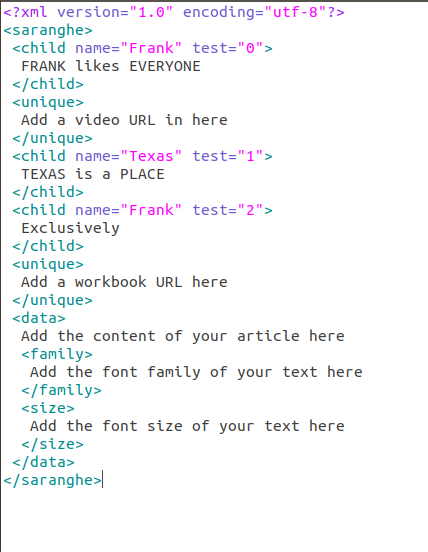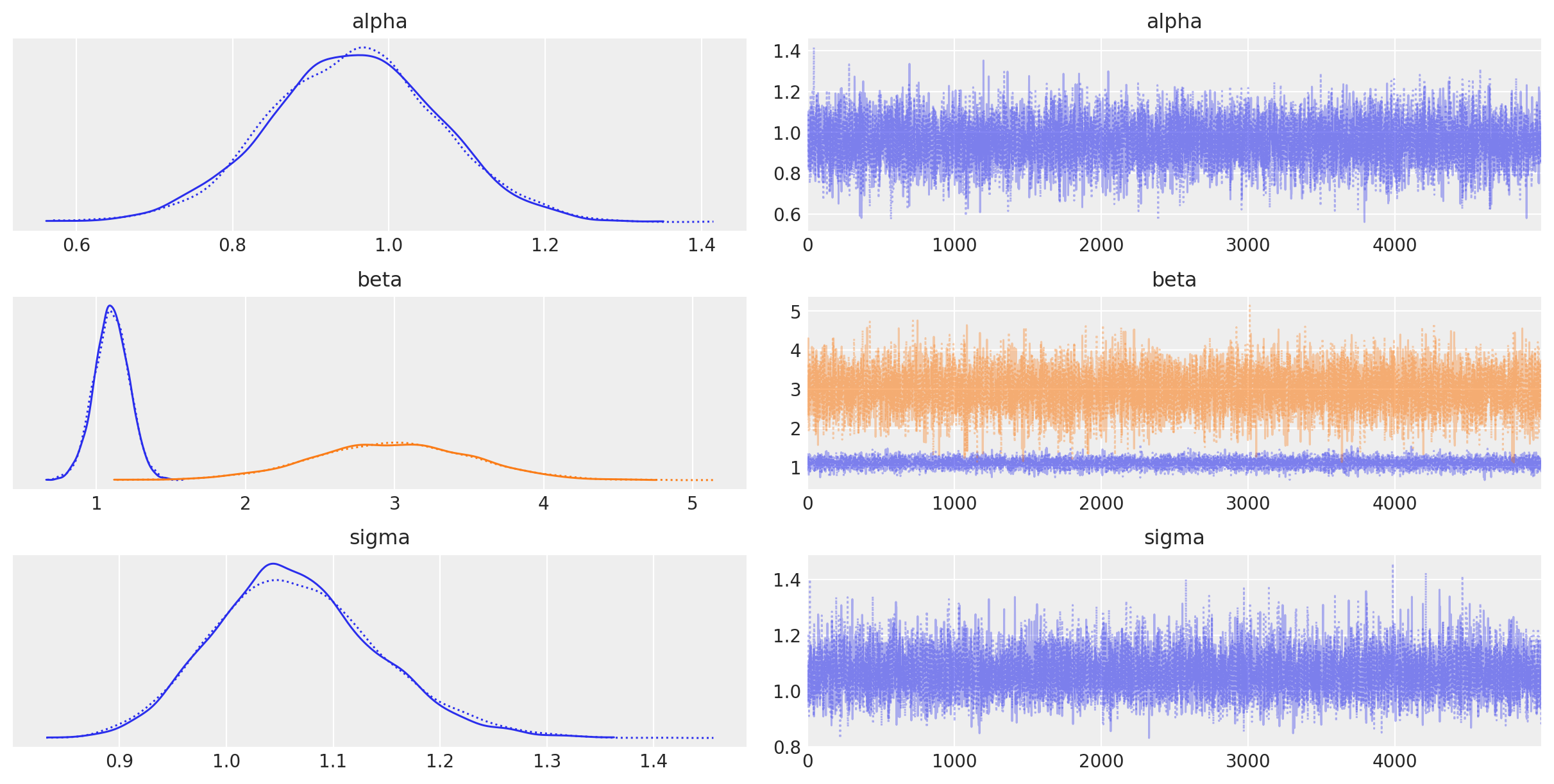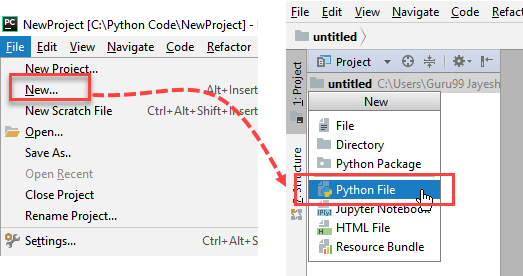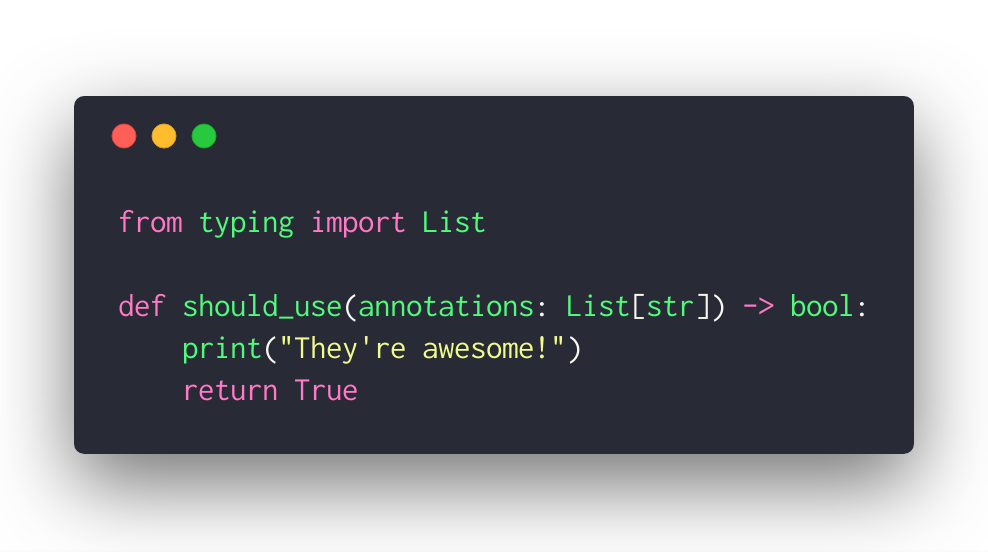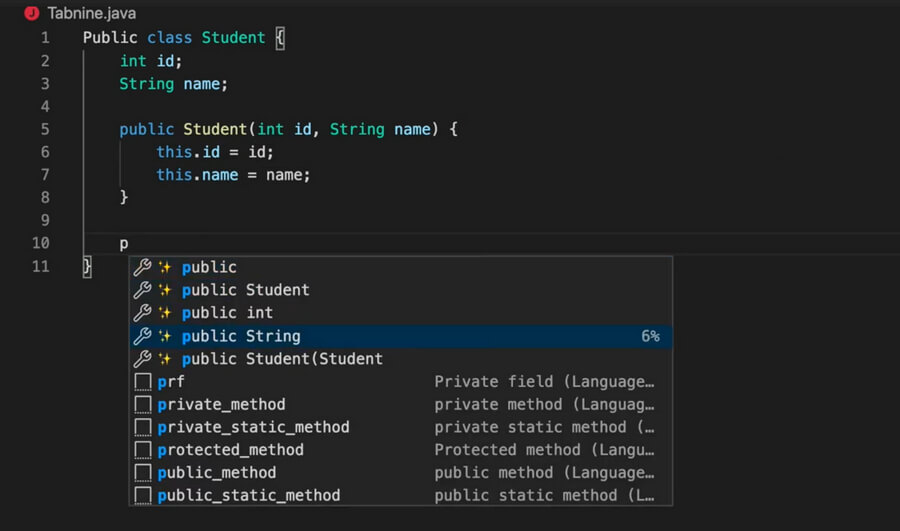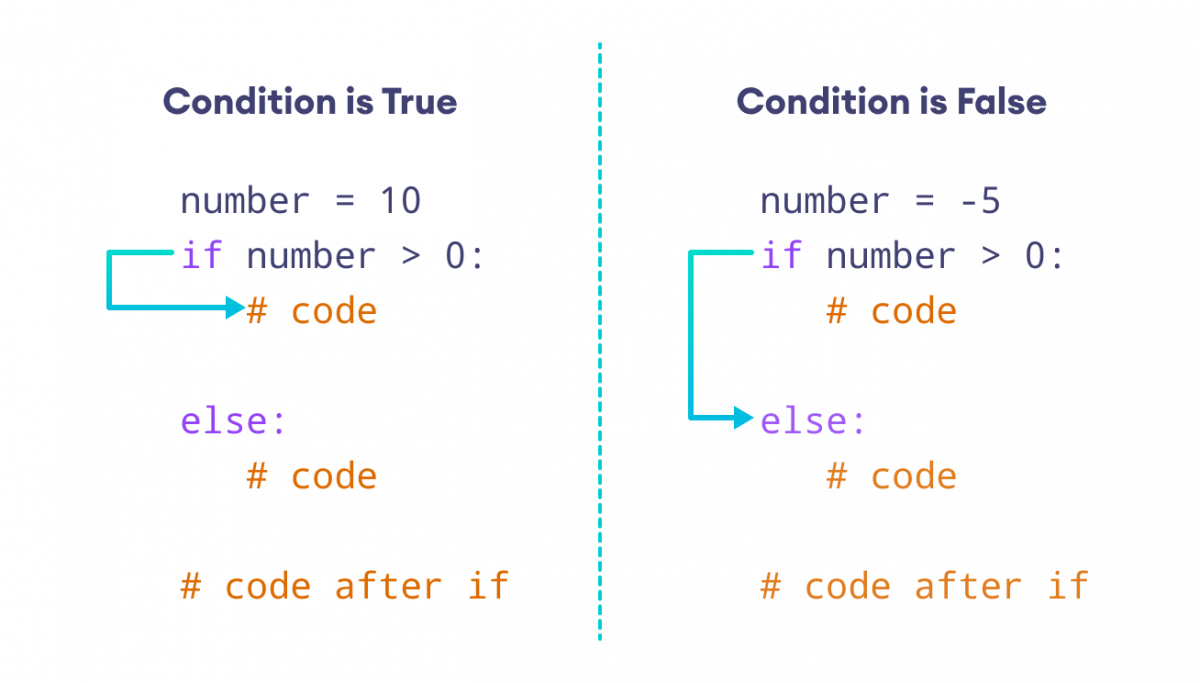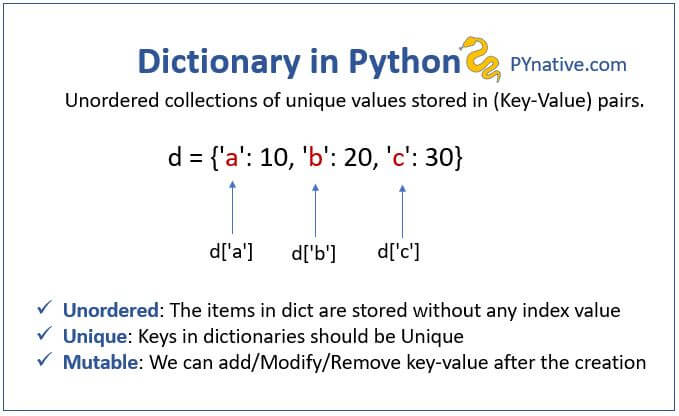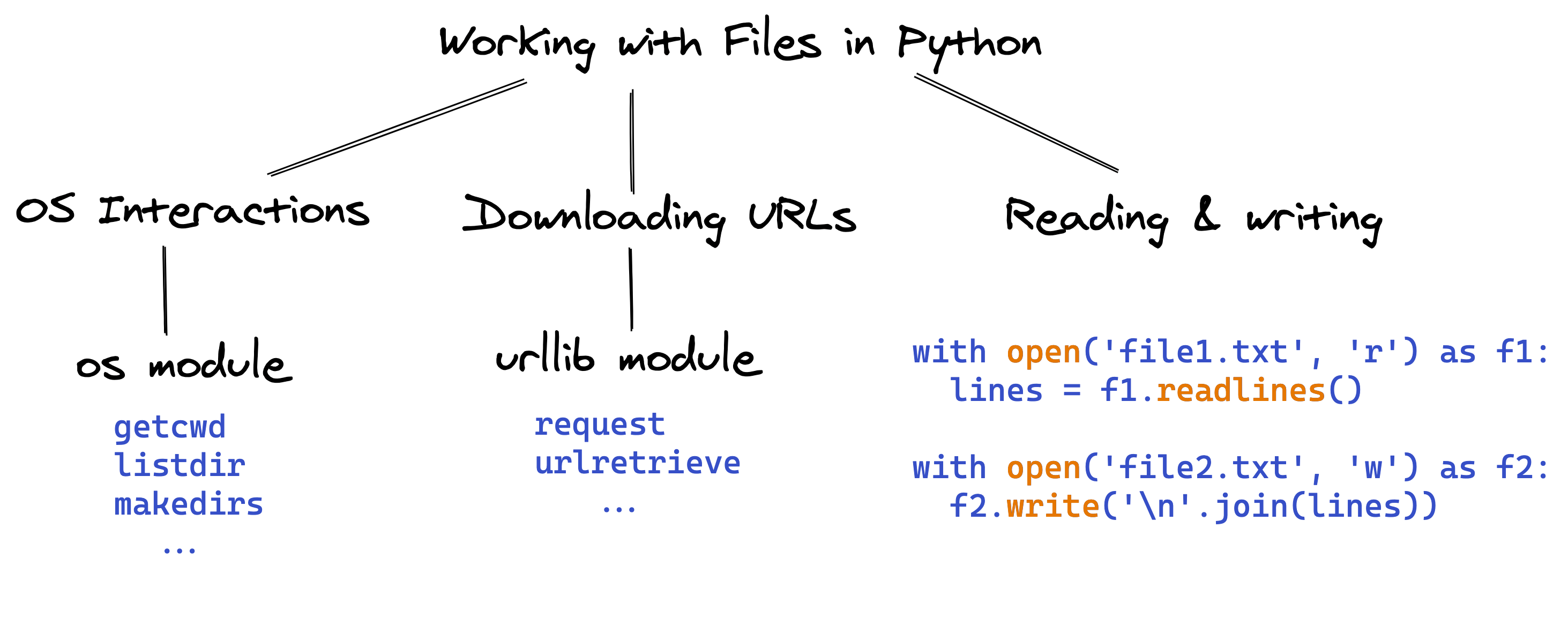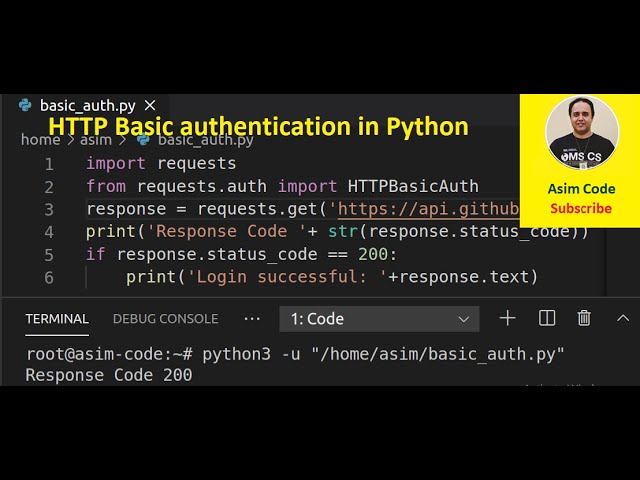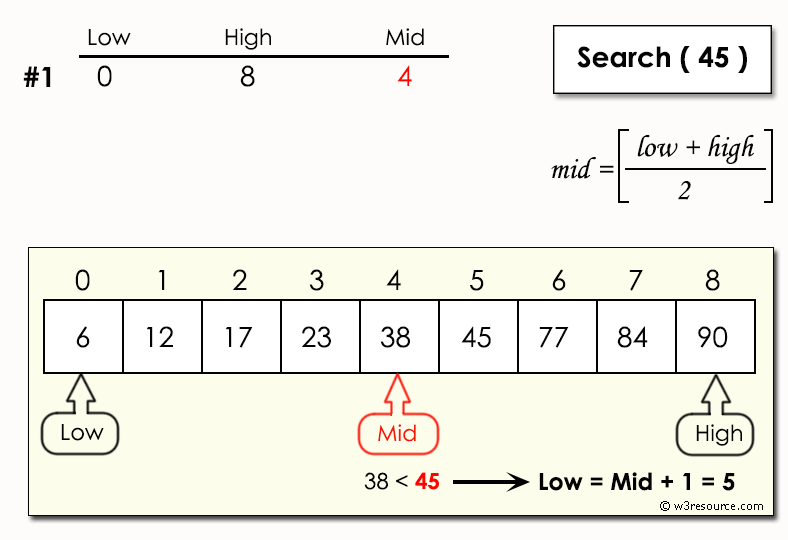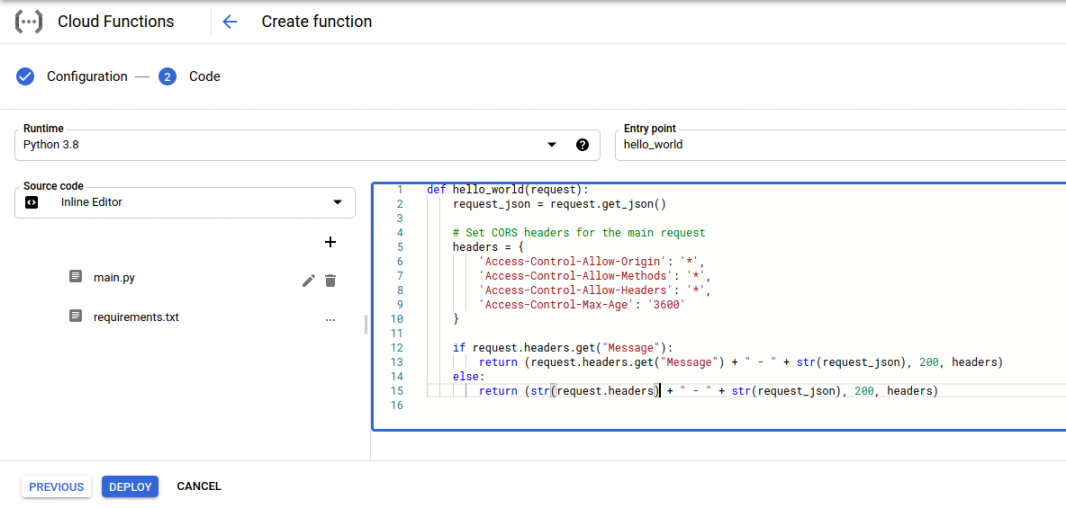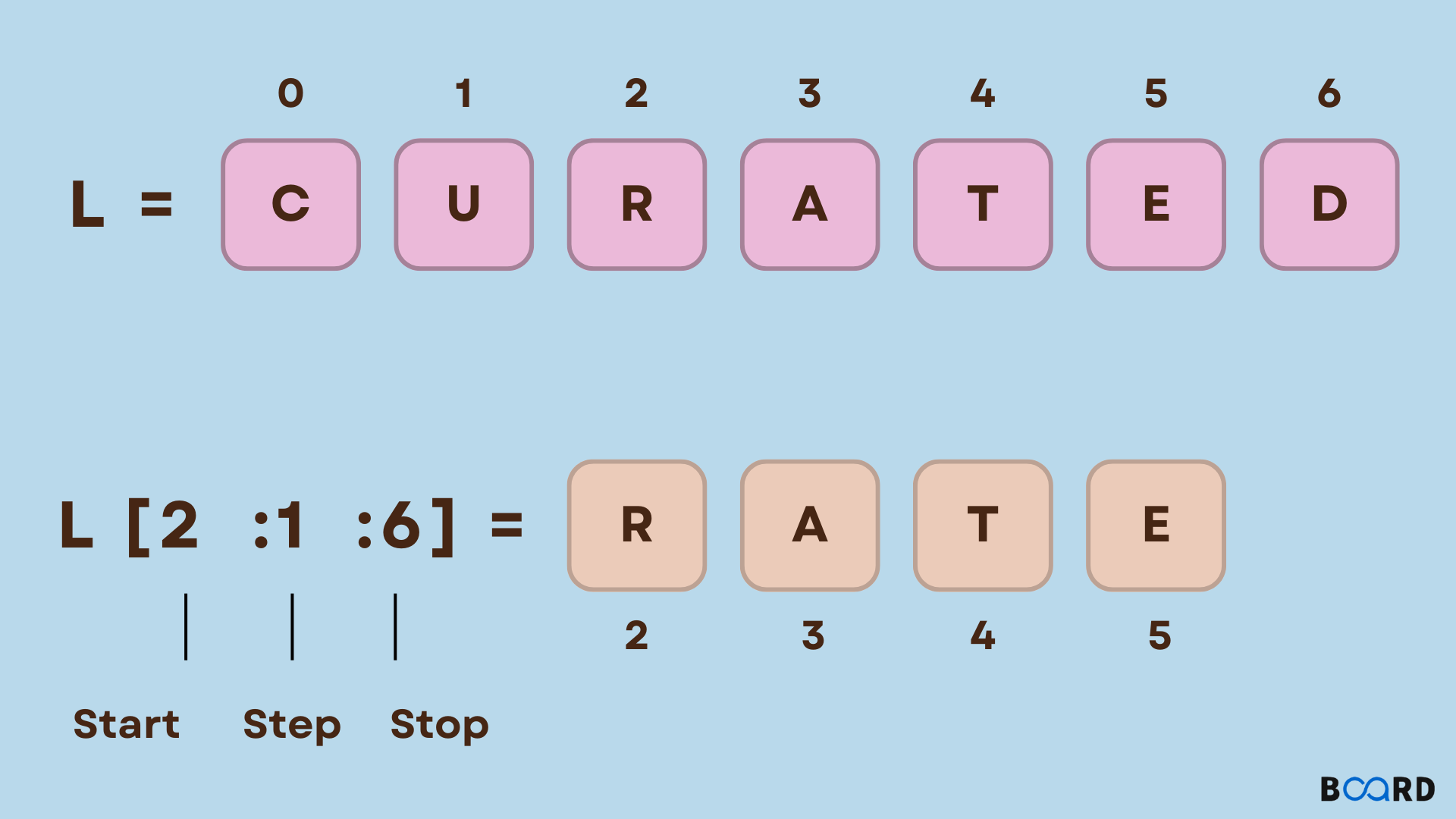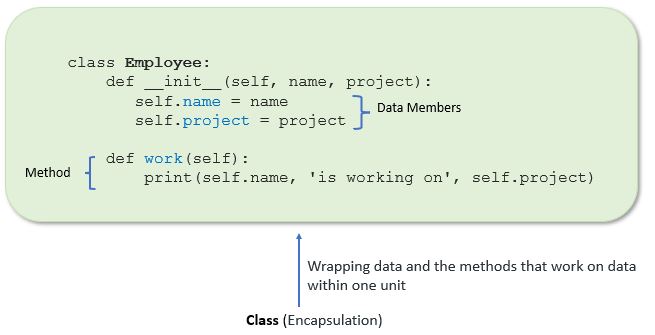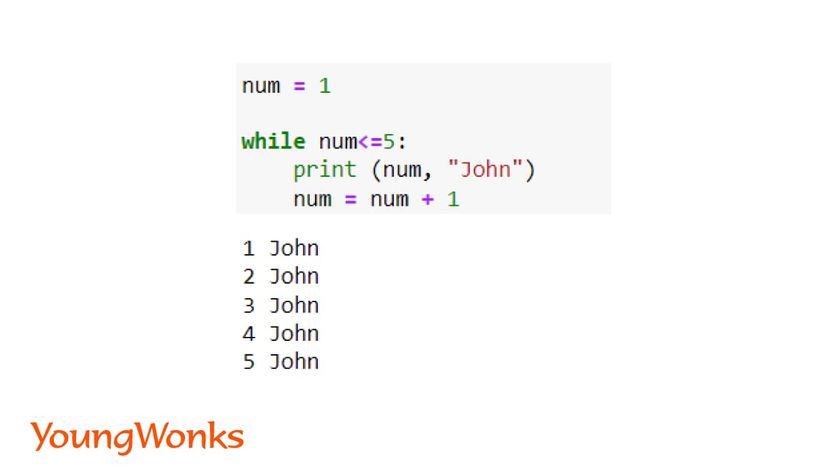dfs python code using stack
dfs python code using stack
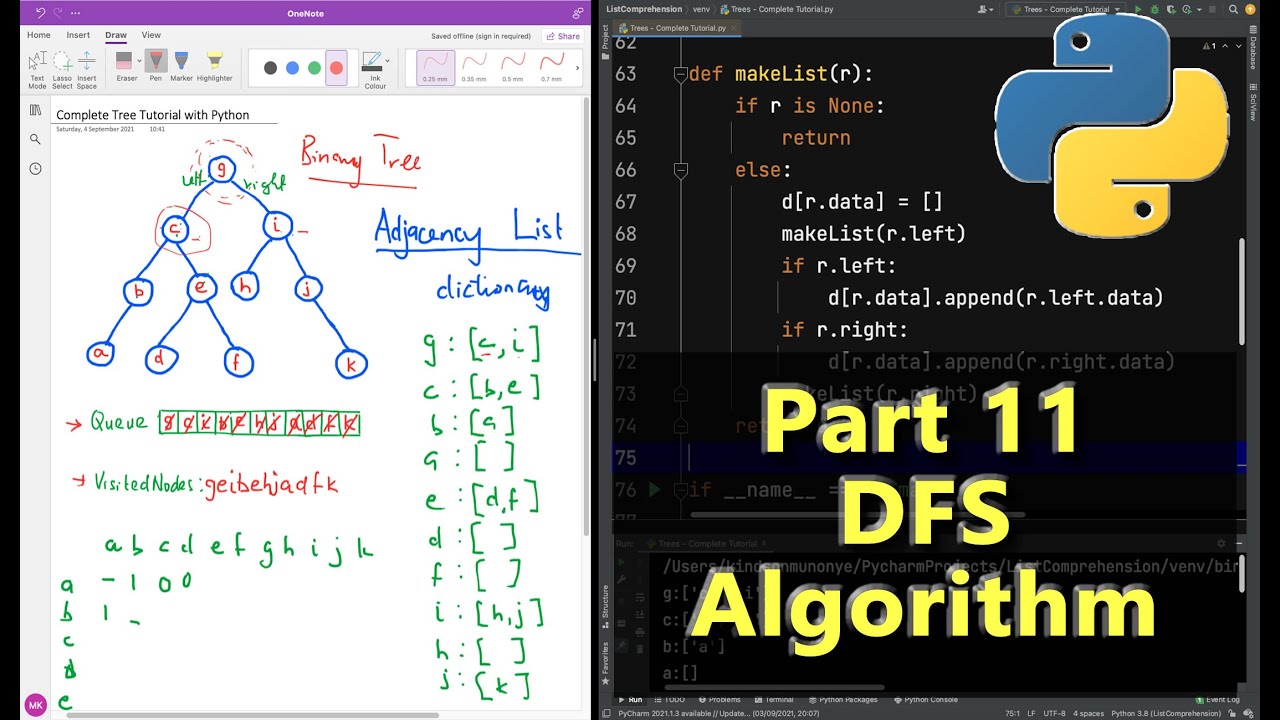
Here is an example of a DFS (Depth-First Search) algorithm implemented in Python using a stack:
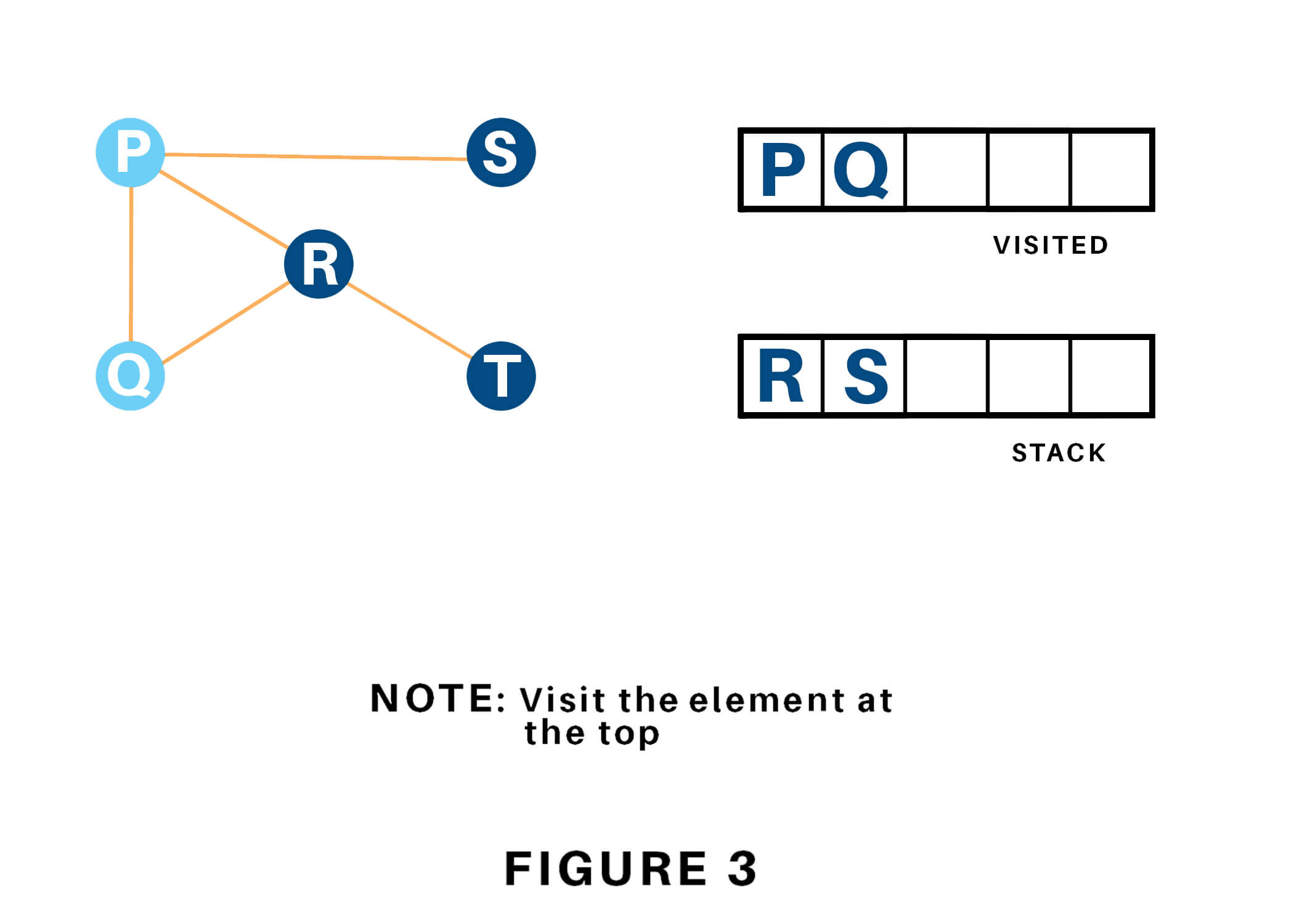
class Graph:
def init(self, vertices):
self.V = vertices
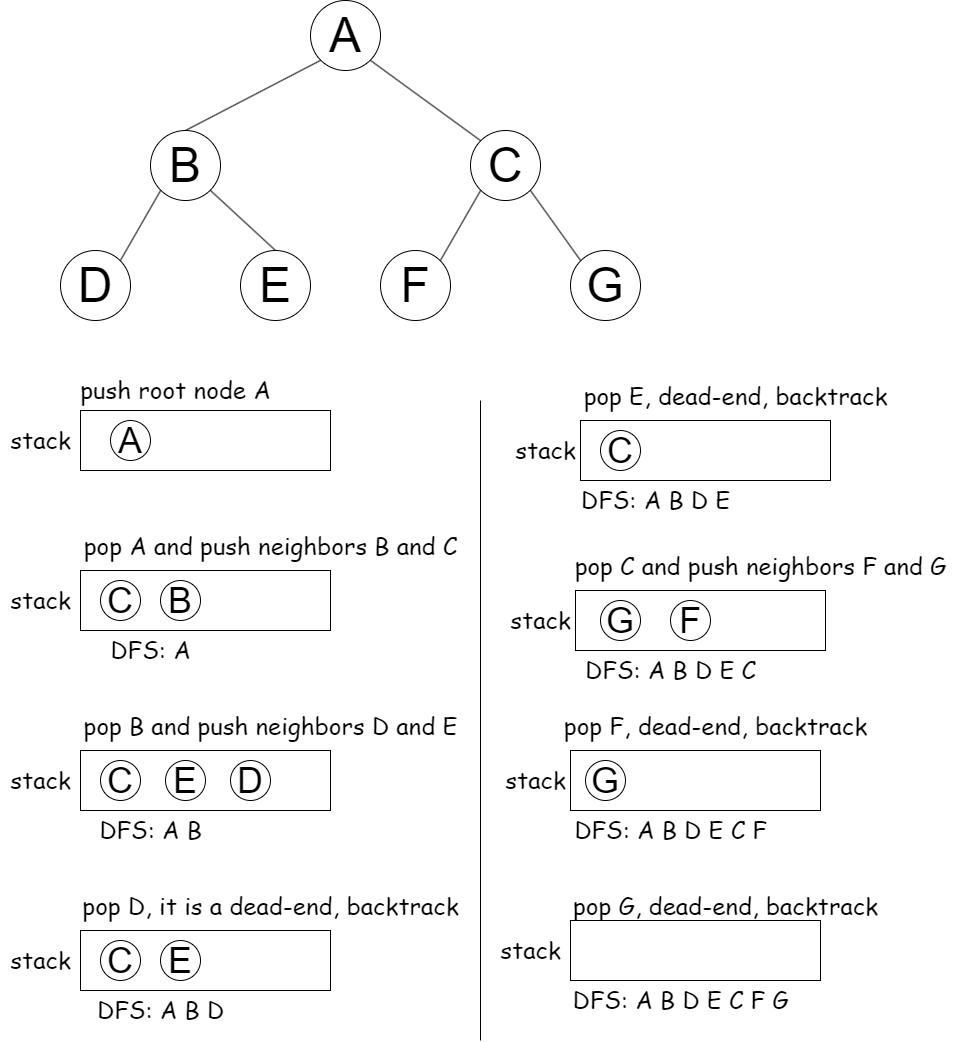
self.graph = [[0 for i in range(vertices)]
[for j in range(vertices)]]
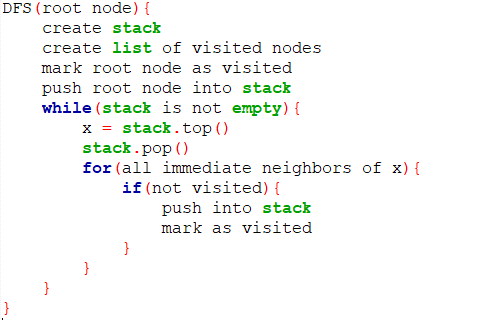
Function to print the traversal
def print_graph(self):
for i in range(self.V):
for j in range(self.V):
print(self.graph[i][j], end=' ')
print()
Function for DFS traversal
def DFS(self, s):
visited = [False] * self.V
stack = []
stack.append(s)
visited[s] = True
while stack:
v = stack.pop()
print(v, end=' ')
for i in range(self.V):
if self.graph[v][i] == 1 and visited[i] == False:
stack.append(i)
visited[i] = True
print()
Driver code
g = Graph(4)
g.graph = [[1, 1, 0, 1],
[1, 1, 1, 1],
[0, 1, 1, 0],
[1, 1, 0, 1]]
print("Depth-First Traversal is: ")
g.DFS(0)
Explanation:
This code represents a graph using an adjacency matrix. The Graph class initializes the graph with a specified number of vertices (V) and sets up the adjacency matrix to represent the edges between vertices.
The DFS method implements the depth-first search algorithm, starting from a given vertex s. It uses a stack data structure to keep track of visited vertices.
Here's how it works:
Initialize an arrayvisited with all values set to False, indicating that no vertices have been visited. Push the starting vertex s onto the stack, mark it as visited (visited[s] = True), and print it. While the stack is not empty: Pop a vertex from the stack (v = stack.pop()). Print the popped vertex. Iterate through all adjacent vertices (i): If there's an edge between v and i (represented by self.graph[v][i] == 1) and i hasn't been visited yet (visited[i] = False), push i onto the stack, mark it as visited (visited[i] = True), and continue. Once the stack is empty, print the traversal.
In this example code, we create a graph with four vertices (0 to 3) and edges represented by the adjacency matrix. The DFS method starts from vertex 0 and traverses the graph depth-first, printing the visited vertices as it goes.
Python depth first search example
I'm happy to help with a Python Depth-First Search (DFS) example. Here's an explanation and code:
What is Depth-First Search (DFS)?
Depth-First Search is a graph traversal algorithm that starts at the root node (the first vertex in the graph) and explores the graph as deeply as possible before backtracking. The process continues until all vertices have been visited or a predetermined stopping condition is met.
In other words, DFS traverses the graph by visiting a node, then exploring all of its neighbors, and so on, without returning to previous nodes until it has explored all reachable nodes.
Python Implementation:
Here's an example implementation in Python:
class Graph:
def init(self):
self.graph = {}
def add_edge(self, u, v):
if u not in self.graph:
self.graph[u] = []
if v not in self.graph:
self.graph[v] = []
self.graph[u].append(v)
def dfs(self, start, visited=None):
if visited is None:
visited = set()
visited.add(start)
print(f"Visiting node {start}")
for neighbor in self.graph.get(start, []):
if neighbor not in visited:
self.dfs(neighbor, visited)
Example usage
g = Graph()
g.add_edge("A", "B")
g.add_edge("A", "C")
g.add_edge("B", "D")
g.add_edge("C", "E")
g.dfs("A") # Output: Visiting node A, Visiting node B, Visiting node D, Visiting node C, Visiting node E
In this example:
We define aGraph class with methods for adding edges and performing DFS. The add_edge method adds an edge between two nodes (vertices). The dfs method performs the depth-first search traversal. It takes a starting node (start) and an optional set of visited nodes (visited). If visited is not provided, it's initialized as an empty set.
The DFS algorithm works by:
Marking the starting node as visited. Printing a message indicating that we're visiting the node. Iterating over the neighbors of the current node (if any). Recursively calling thedfs method on each unvisited neighbor, effectively exploring the graph depth-first.
Why DFS is useful:
DFS has many applications in computer science and real-life scenarios:
Finding connected components or strongly connected components in graphs. Detecting cycles or loops in a graph. Solving maze problems (e.g., finding a path from start to goal). Performing topological sorting on directed acyclic graphs (DAGs).Conclusion:
This Python example illustrates the concept of Depth-First Search and its implementation using recursion. By understanding how DFS works, you can apply this algorithmic technique to various graph-related problems in your programming endeavors.
If you have any questions or need further clarification, feel free to ask!
